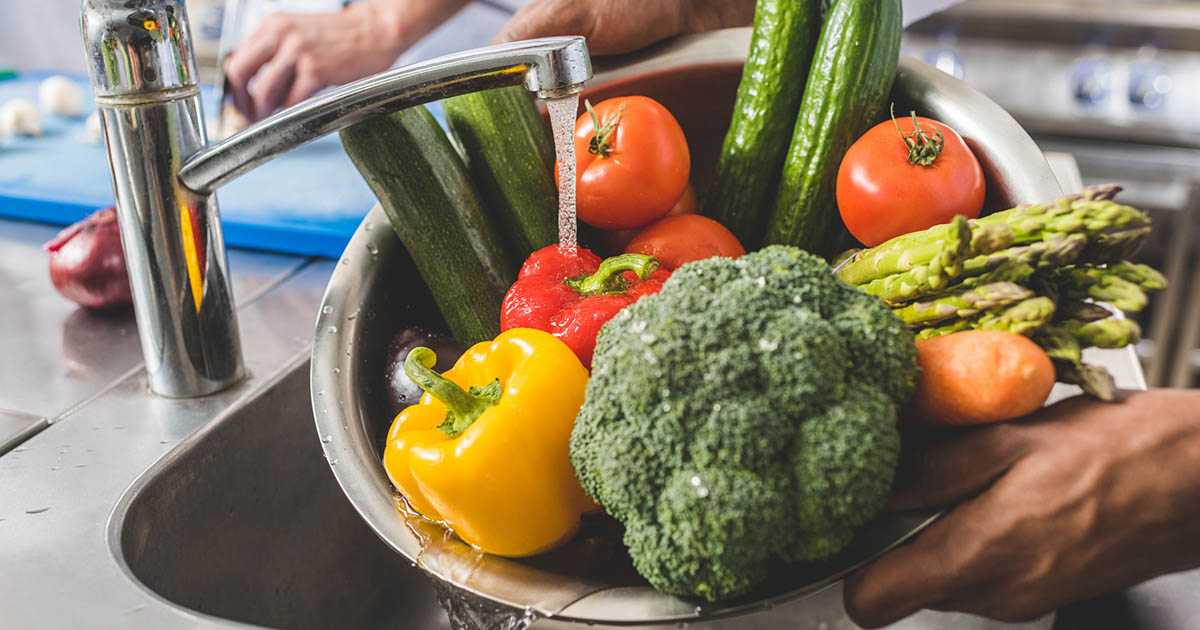Reported Causes And Risk Factors Of Esophageal Cancer
Esophageal cancer is a disease where cancerous cells grow out of control in the esophagus, which is the tube connecting the throat to the stomach. Cancer can occur anywhere within the esophagus, and it can spread to other regions of the body when untreated. Esophageal cancer happens when a mutation occurs in the growth and replication section of the DNA in the esophageal cells. There are multiple types of esophageal cancer that are classified by what kind of cells are affected. Adenocarcinoma occurs in the mucus-secreting gland cells of the esophagus. Squamous cell carcinomas start in the thin flattened cells that make up the inside lining of the esophagus. Other less common types of esophageal cancer include sarcomas, melanomas, small cell carcinomas, lymphomas, and choriocarcinomas.
Although there is no way to prevent esophageal cancer, it is helpful to be aware of the numerous causes and risk factors of this type of cancer.
Gastroesophageal Reflux Disease

Gastroesophageal reflux disease (GERD) is a disorder of the digestive tract caused by a dysfunction of the lower esophageal sphincter, the ring of muscle tissue separating the esophagus and stomach. In a healthy individual, the lower esophageal sphincter opens so food can enter the stomach, but it subsequently closes to keep the stomach contents from flowing back up into the esophagus. The lower esophageal sphincter in patients with GERD relaxes when it shouldn't, or it allows stomach contents to flow backward due to its general weakness.
The acids and other digestive components in the stomach are corrosive and damaging to the lining of the esophagus. The frequency of stomach acid contact with the esophageal lining is excessive in individuals who have gastroesophageal reflux disease. This contact results in repeated and compounded damage to the cells of the lower esophageal lining if it is left untreated over time. Whenever cellular damage occurs, it is also likely for damage to happen in the cellular DNA. If the repeated damage to the lining of the esophagus from GERD results in a mutation of the DNA segment responsible for cellular replication, esophageal cancer occurs. There is often no change in symptoms when gastroesophageal reflux disease progresses into esophageal cancer. It often goes undiagnosed until it has reached an advanced stage.
Continue to uncover more reported causes and risk factors of esophageal cancer now.
Achalasia

Achalasia is an uncommon disorder where an individual has difficulty with food passing from the esophagus into their stomach. This disorder happens due to nerve damage in the esophagus and surrounding regions. The nerve damage causes impairment to the ability of the esophagus to squeeze food down. Since the esophagus cannot properly squeeze down food, the lower esophageal sphincter cannot fully relax and allow food to pass into the stomach. In achalasia patients, food stagnates in the esophagus and causes an overgrowth of bacteria that results in fermentation and production of lactic acid byproducts. These damaging byproducts stay in the esophagus, causing dysplastic changes and damage to the esophageal mucosa. The byproducts of bacterial overgrowth also inhibit proper stomach acid elimination from the esophagus. In addition, the cells of the esophagus erode due to esophageal overstretching associated with food stagnation. Over time, chronic esophageal inflammation combines with these factors that present with achalasia, resulting in cellular DNA damage. Any damage or changes to the DNA of the esophageal cells can cause the development of esophageal cancer.
Learn more about the causes and risk factors of esophageal cancer now.
Barrett's Esophagus

Barrett's esophagus is a condition where the esophageal lining tissue is abnormal and resembles the tissue lining the intestines. This condition is often a complication that results from long term untreated gastroesophageal reflux disease. The only symptoms Barrett's esophagus presents with are the symptoms produced by a patient's underlying GERD. The abnormal tissues of the esophageal lining in Barrett's esophagus are a result of abnormal cell growth and development in the affected areas. Since these cells have already been altered into abnormal tissue, the effect GERD has upon this abnormal tissue is severe. There is greater susceptibility to cellular DNA damage in the cells affected by Barrett's esophagus because of the repeated exposure to increased levels of nitric oxide and reactive oxygen species. Barrett's esophagus also commonly presents in patient's with an existing mutation in certain tumor suppressor genes responsible for inhibiting the duplication and growth of abnormal cells. Treatment of Barrett's esophagus focuses on prevention and diligent monitoring of cell dysplasia and cancerous cell growth.
Get the details on more reported causes and risk factors of esophageal cancer now.
Drinking Very Hot Liquids

Lifestyle habits such as drinking very hot liquids can increase an individual's risk of developing cancerous cell growth in the lining of their esophagus. When an individual consumes beverages over sixty-six degrees Celsius, they are likely to experience thermal injury to this lining. Inflammatory processes occur when the esophageal cells suffer a thermal injury on a chronic and consistent basis. Repeated inflammation of the esophageal mucosa promotes the development of reactive nitrogen species and nitrosamines. Also, cellular death from thermal injury also produces chemical byproducts in the affected area. All of these substances promote the growth activity of malignant tumors in the esophagus. In addition, the esophageal mucosa is responsible for standing as a barrier between the carcinogens or cancer-causing substances an individual consumes and the interior cells of the body. Repeated thermal injury and inflammation of the esophagus causes this barrier function of the esophageal mucosa to become severely impaired. This impairment leaves the cells of the esophagus extremely vulnerable to the effects of carcinogenic substances.
Discover more risk factors associated with esophageal cancer now.
Not Consuming Enough Vegetables And Fruits

An individual's dietary habits such as not consuming enough vegetables and fruits can put them at an increased risk for developing esophageal cancer. Vegetables and fruits contain rich sources of vitamin C, B-carotene, vitamin E, fiber, folate, and antioxidants. Because many of these nutrients are imperative for a healthy immune system that can fight off free radicals, a lack of them can increase the risk of developing many kinds of cancer. A healthy immune system has the ability to attack and eliminate abnormal and precancerous cells before they can fully develop into cancerous cells and multiply. Individuals with a diet that is poor in vegetables and fruits are associated with having a weaker immune system. The antioxidant content of fruits and vegetables helps to neutralize any reactive oxygen species that can cause the cells of the esophagus to experience oxidative stress. Oxidative stress in any cells produces toxic byproducts linked to the development of cancerous DNA mutations. When an individual consumes processed, fatty, and sugary foods in the place of their daily servings of vegetables and fruits, they increase their risk for developing esophageal cancer.